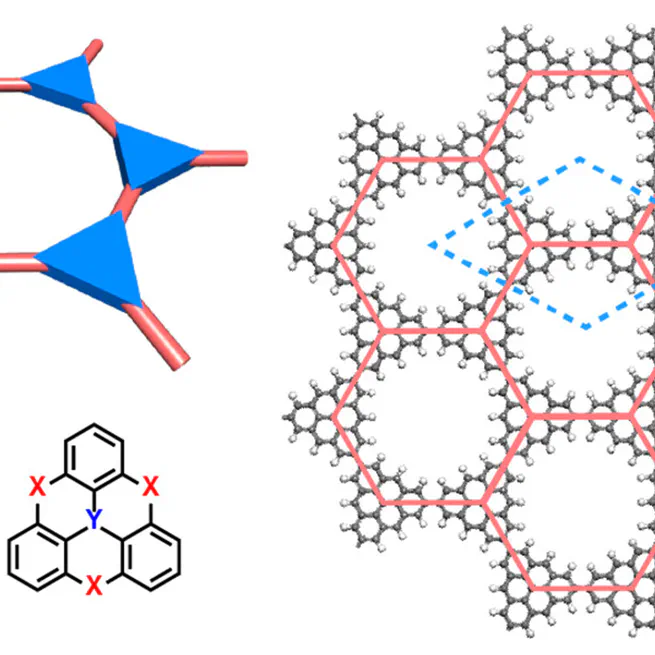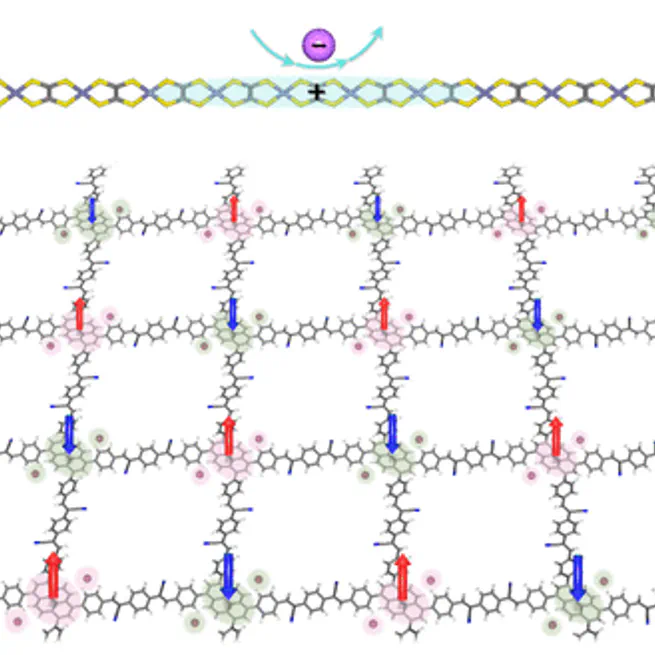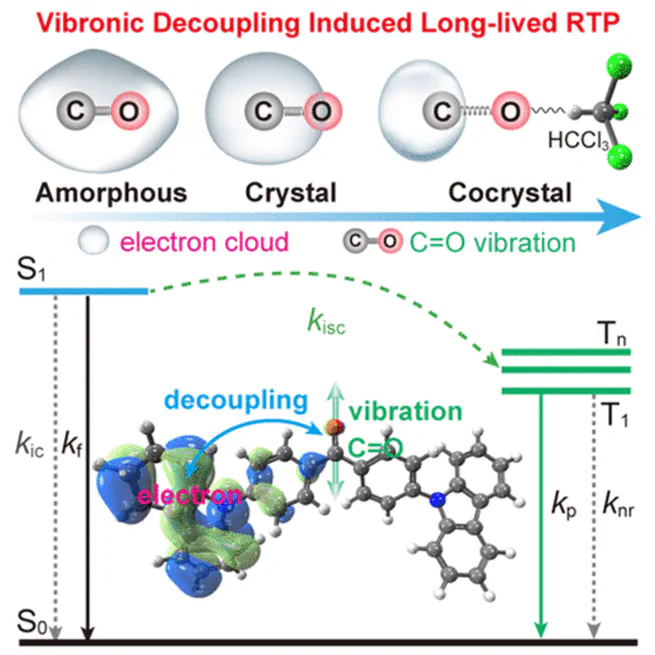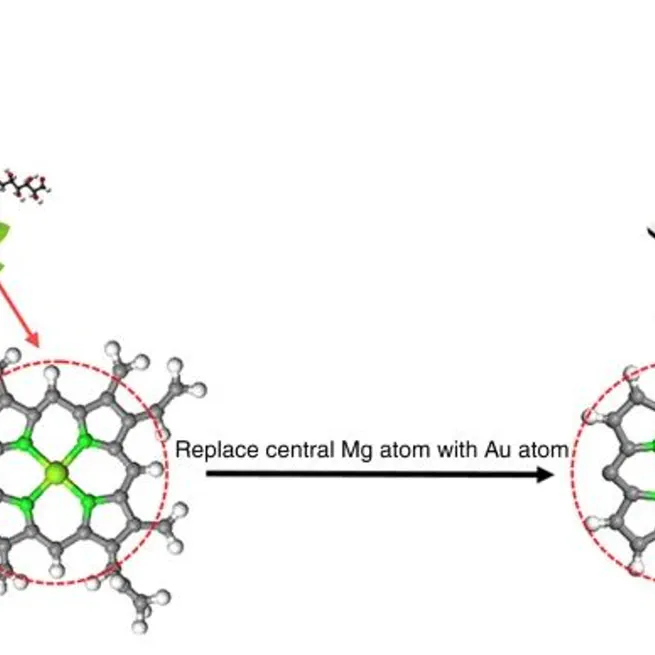
Dec 10, 2024

Abstract The controlled doping of organic semiconductors (OSCs) is crucial not only for improving the performance of electronic and optoelectronic devices but also for enabling efficient thermoelectric conversion and spintronic applications. The mechanism of doping for OSCs is fundamentally different from that of their inorganic counterparts. In particular, the interplay between dopants and host materials is complicated considering the low dielectric constant, strong lattice-charge interaction, and flexible nature of materials. Recent experimental breakthroughs in the molecular design of dopants and the precise doping with high spatial resolution call for more profound understandings as to how the dopant interacts with the charge introduced to OSCs and how the admixture of dopants alters the electronic properties of host materials before one can exploit controllable doping to realize desired functionalities.
Jul 11, 2023

Abstract Organic room-temperature phosphorescence (RTP) is generally only exhibited in aggregate with strong dependence on morphology, which is highly sensitive to the intermolecular hydrogen bonding interaction. Here, 4,4′-bis(9H-carbazol-9-yl)methanone (Cz2BP), emitting RTP in a cocrystal consisting of chloroform but not in the amorphous nor in the crystal phase, was investigated to disclose the morphology dependence through molecular dynamics simulations and first-principles calculations. We find that the strong intermolecular C═O···H–C hydrogen bonds between Cz2BP and chloroform in cocrystals decrease the nonradiative decay rate of T1 → S0 by 3–6 orders of magnitude due to the vibronic decoupling effect on the C═O stretching motion and the increase of (π,π*) composition in the T1 state. The former is responsible for high efficiency and the latter for long-lived RTP with a calculated lifetime of 208 ms (exp. 353 ms). Nevertheless, the weak hydrogen bonds cannot cause any appreciable RTP in amorphous and crystal phases. This novel understanding opens a way to design organic RTP materials.
Oct 25, 2019

Abstract External fields are introduced to catalytic processes to improve catalytic activities. The light field effect plays an important role in electrocatalytic processes, but is not fully understood. Here we report a series of photo-coupled electrocatalysts for CO2 reduction by mimicking the structure of chlorophyll. The porphyrin-Au catalyst exhibits a high turnover frequency of 37,069 h−1 at −1.1 V and CO Faradaic efficiency (FE) of 94.2% at −0.9 V. Under visible light, the electrocatalyst reaches similar turnover frequency and FE with potential reduced by ~ 130 mV. Interestingly, the light-induced positive shifts of 20, 100, and 130 mV for porphyrin-Co, porphyrin-Cu, and porphyrin-Au electrocatalysts are consistent with their energy gaps of 0, 1.5, and 1.7 eV, respectively, suggesting the porphyrin not only serves as a ligand but also as a photoswitch to regulate electron transfer pathway to the metal center.
Aug 26, 2019